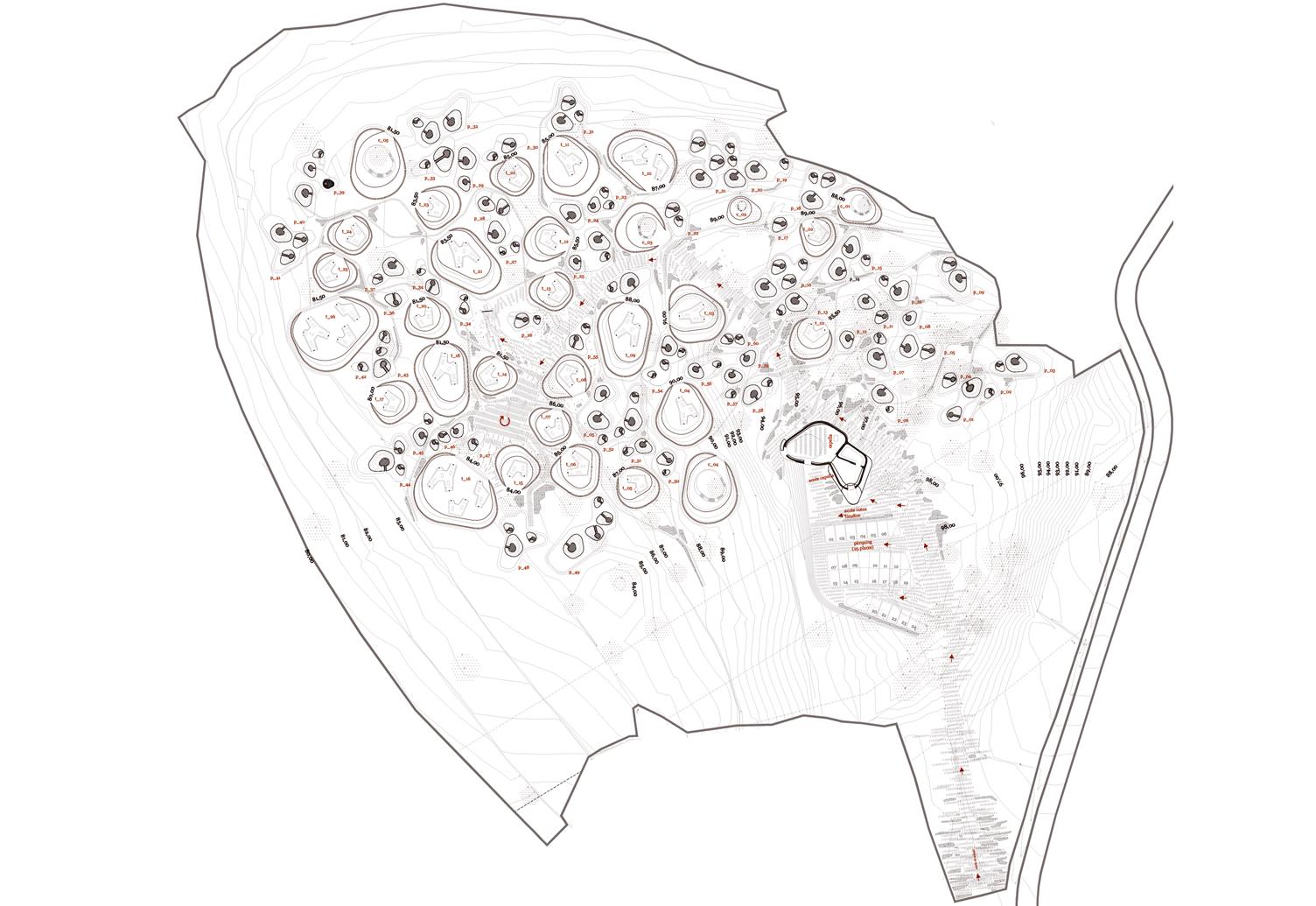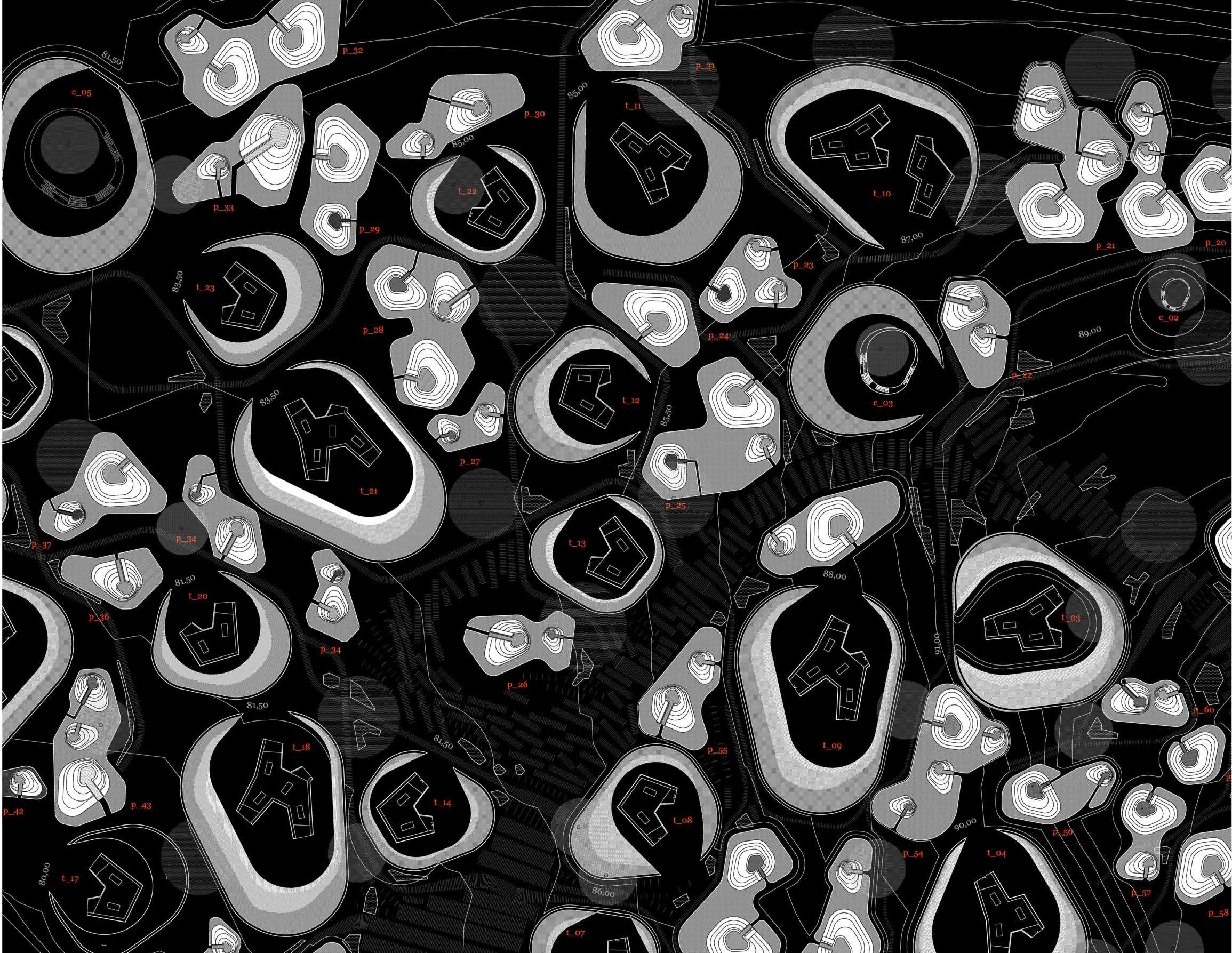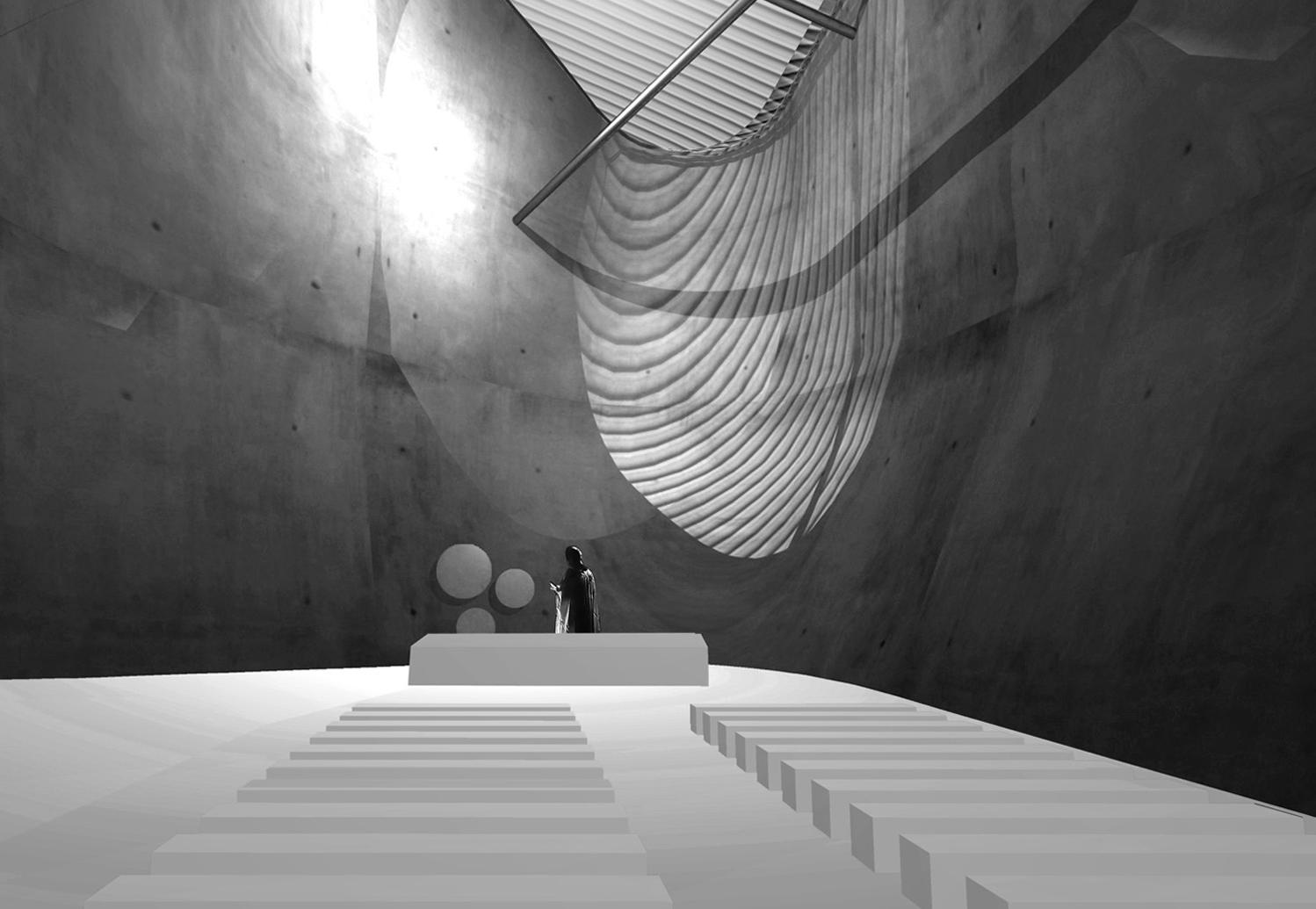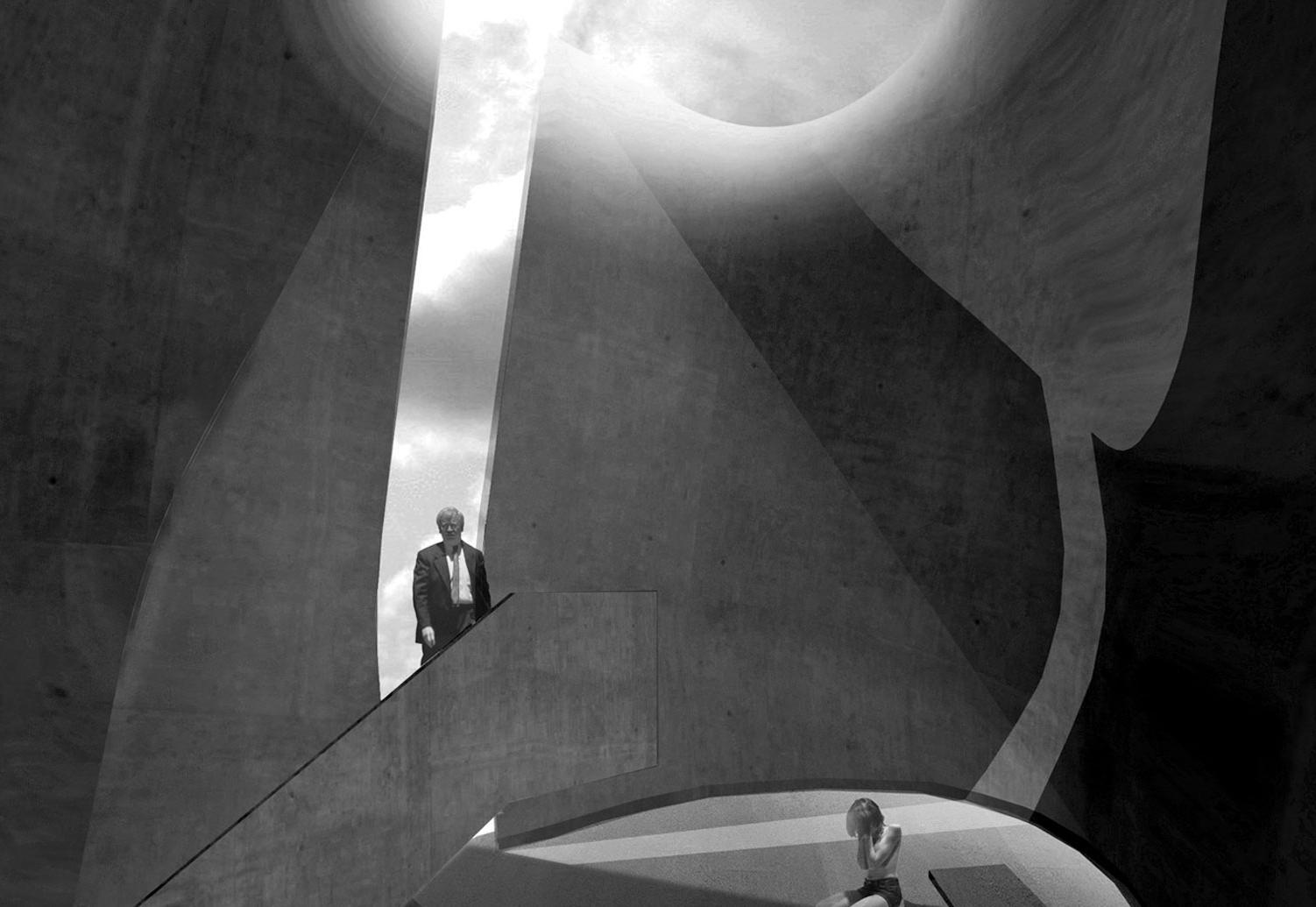
2 minute read
Vespella de Gaià
cemetery Vespella de Gaià
VESPELLA DE GAIÀ 2007
Advertisement
Type of project: Cemetery Project: Vespella de Gaia Location: Tarragona, Spain Status: Competition Delivery: April 2007 Client: Tarragona Built up area: 50.000 m2 Project team: Nacho Toribio, Carmelo Zappulla with E. Rovira, M. Tepedino Collaborators: Giuliana Di Mauro, Chiara Gortani, Tatyana Voskresenskaya What kind of relationship do we want to establish between living and dead people? Every culture, from its very foundation, has defined its own way of reacting to the consequences of death.
The departed represents the object of prayer and devotion to living people and the way his or her body is preserved vary according to different cultures.
In our culture, possibly because of the influence of Catholicism, the most common way of preserving a dead body is its burying in the earth. We can find interesting ancestral references in the Etruscan tradition, whereby the tombs were considered as houses for the dead and built in a cylindrical shape covered by land and vegetation.
Another key point for funeral architecture is the way natural light is treated. The light coming from the ceiling represents not only the natural illumination of the space, but also the connection between life and afterlife, and at the same time it works as a sun-clock introducing the time factor inside the space. The Pantheon in Rome is an obvious reference. For all the mentioned reasons, we described two main strategies:
The first one employs crater type tombs: 1-Craters with a cluster of tombs on the floor 2- Craters in which the center is occupied by a columbarium. Through excavations we generated a series of craters where the visitors reach a lower level and find themselves isolated from the surroundings, in a situation of deep intimacy with the dead. Only the sky can be seen from the inside of the crater.
The second strategy is based on the introduction of built objects, a series of micropantheons hosting family tombs. These objects could be considered either as small tholos or as a big funerary amphora.
Besides these two main elements, we designed the cemetery church, following the same generative rules and introducing, as an exception, the possibility of merging volumes. In this way we managed to generate singularity in this clustering system. The result of the operation is transforming a cemetery into a landscape for meditation and contemplation.












